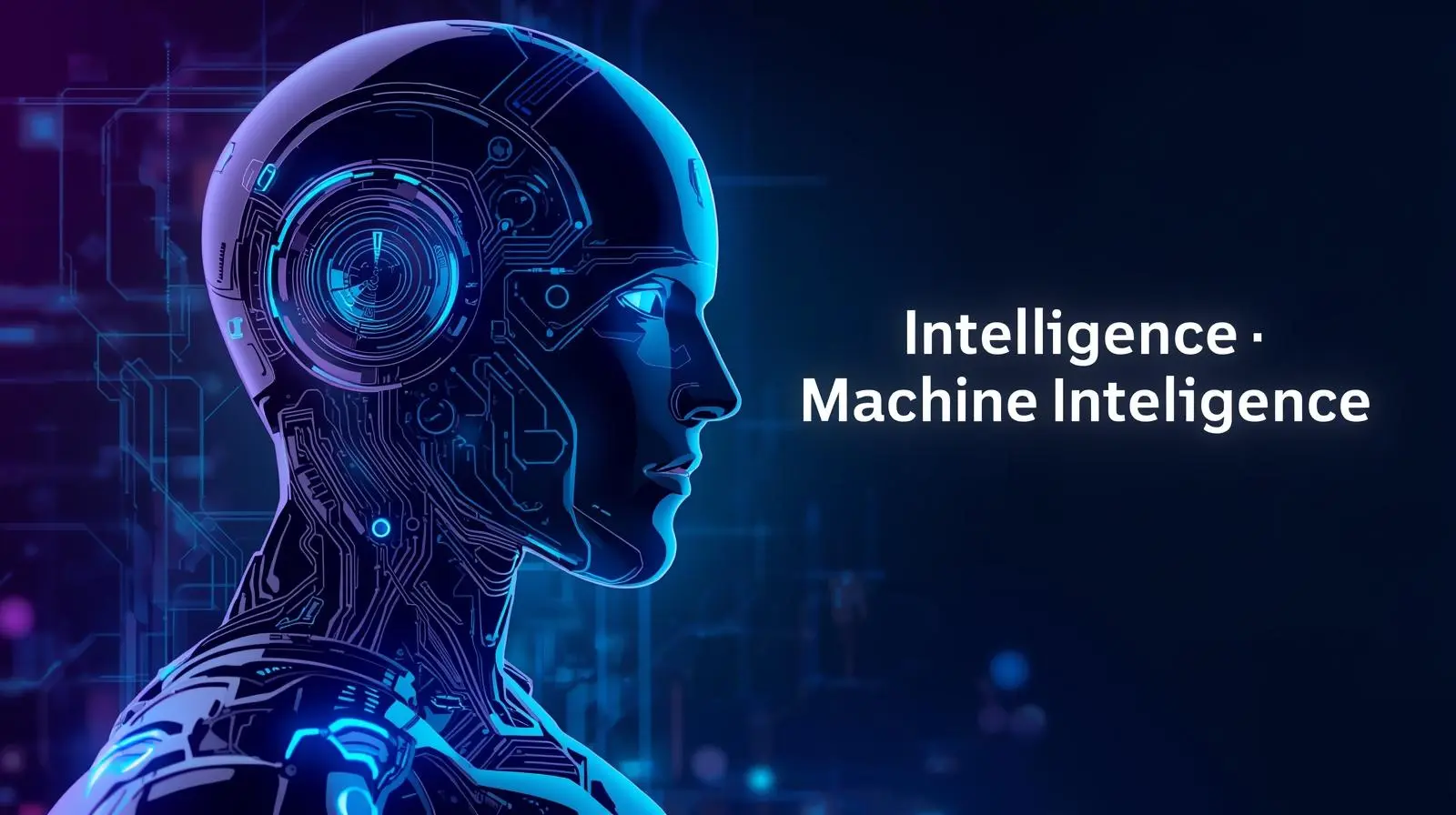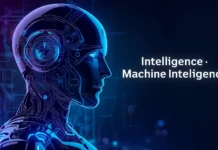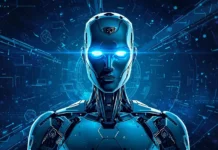Artificial Intelligence (AI) has become one of the most exciting and talked-about fields in technology. From voice assistants like Siri and Alexa to self-driving cars, AI is no longer just science fiction—it’s part of our daily lives. But what exactly is AI, and how do machines “learn” like humans? Let’s break it down in simple terms.
What is Artificial Intelligence?
Artificial Intelligence is the ability of a computer system to perform tasks that usually require human intelligence. These tasks include understanding language, recognizing images, solving problems, and even making decisions. Unlike traditional software that follows strict rules, AI can analyze data, identify patterns, and improve over time.
Machine Learning: The Brain of AI
Machine Learning (ML) is a branch of AI that allows machines to learn from data without being explicitly programmed. Instead of writing every possible rule, developers feed large amounts of data into algorithms, and the machine “figures out” the patterns.
For example:
- If you show a program thousands of pictures of cats and dogs, it can eventually learn how to tell the difference between them.
- If you give a system past shopping data, it can recommend products you might like in the future.
How Machines Learn Like Humans
Humans learn by experience. A child learns what a dog is by seeing many examples and being corrected when wrong. Similarly, machines use data as their “experience.”
The process usually involves three steps:
- Input Data – Collecting large amounts of examples (text, images, numbers).
- Training – Feeding the data into algorithms that look for patterns.
- Prediction/Decision – Using what was learned to make new decisions (like recognizing speech or predicting stock prices).
Just like humans improve through practice, machines improve as they process more data.
Everyday Examples of AI and ML
- Voice Assistants: Understand and respond to our commands.
- Streaming Services: Netflix or YouTube recommending shows based on your past viewing.
- Healthcare: AI helping doctors detect diseases from medical images.
- Transportation: Self-driving cars navigating roads safely.
Benefits and Challenges
Benefits:
- Saves time by automating tasks.
- Improves accuracy in predictions and decisions.
- Enhances personal experiences with recommendations.
Challenges:
- Requires huge amounts of data to learn.
- Can make mistakes if the data is biased or incomplete.
- Raises ethical questions about privacy and job replacement.
Conclusion
Artificial Intelligence and Machine Learning are transforming the way we live, work, and communicate. By learning from data—much like humans learn from experience—machines are becoming smarter every day. As AI continues to grow, it will open doors to innovations we can hardly imagine today.



